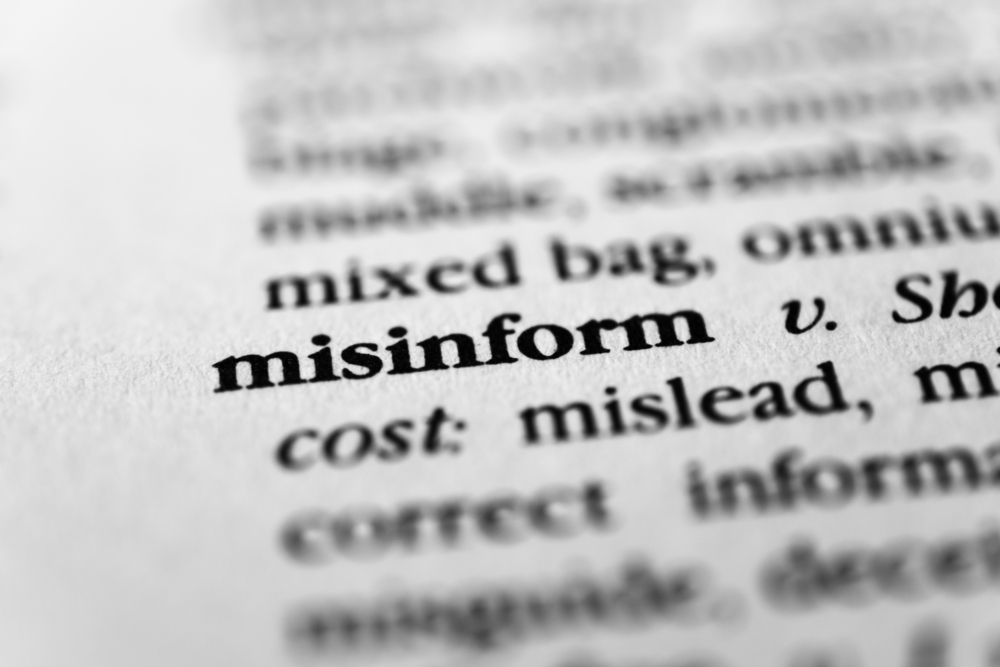NY Post article is a seafood scam
The New York Post is known for sensational headlines and attention-grabbing images – and the iconic outlet can be as bombastic as News Corp desires as long as its reporters adhere to basic journalism ethics… like reporting facts. But when the NY Post turns to hyperbolic headlines and reports with demonstrable inaccuracies, it does a disservice to readers and marginalizes the paper.
An article this week called “Everything we love to eat is a scam” contains numerous inaccuracies about seafood that are so ridiculous, the piece seems like a parody.
- The article discusses a lobster bisque from a restaurant that contained a seafood species called “langostino.” The article claims this seafood product is “a non-lobster meat.” Perhaps the NY Post should check the FDA acceptable market name for langostino…which is in fact “langostino lobster.” It’s unclear what evidence the reporter uses in her claim that langostino isn’t a form of lobster meat, but it certainly isn’t information from the federal government or the international food standards community (Codex).
- Discussing sushi, the article alleges that “you’re not getting the sushi you ordered, ever, anywhere.” Really NY Post? That’s not an exaggeration for effect – that’s just wrong. The author goes on to claim, “Your salmon is probably fake and so is your red snapper.” What does that even mean? Whether it’s lazy journalism or designed hyperbole, the broad-brush allegations go without any cited studies or data to back them up.
- Staying on snapper, the article says, “Red snapper, by the way, is almost always fake.” Clearly the reporter has done minimal (if any) research on this subject. If she did, she would have found the FDA’s recent DNA analysis targeting seafood species that are more likely to be substituted – including snapper – at the wholesale level. The results showed that the fish were labeled correctly 85% of the time. Meaning there was a 15% chance a fish was mislabeled. But if you’re a NY Post editor, you don’t flag a 15% chance being akin to “almost always.”
- The suggestion that FDA “is responsible for inspecting just 2 percent of [seafood] imports” illustrates a fundamental lack of knowledge about the seafood community and how it is regulated. Both domestic and international companies providing seafood to Americans have to comply with FDA’s Hazard Analysis and Critical Control Points (HACCP) regulatory system, an internationally recognized risk-based model that seeks to solve challenges along the supply chain at multiple “control points.” Unlike other regulatory programs, there isn’t an “end of the line” inspection, but control points all along the supply chain. The 2% inspection number is in addition to the HACCP plan. This claim by the NY Post about FDA inspections is sorely lacking in perspective.
We can’t say we’re surprised to see a NY Post article rife with rhetoric, but it’s still disappointing to see such blatant falsehoods about the seafood community make it all the way through the editing process. The NY Post cheapens its paper by choosing sensationalism over science.



